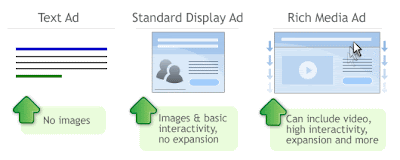Navigating the myriad road network of Indian cities is a challenge that all of us face everyday. One often wonders whether there is a better, maybe off-beat, way to get to the destination and ease the daily commute.
With the launch of driving directions for India on Google MapsTM on desktop and mobile, you now have an option to explore ways to get from point A to point B anywhere in India. If you don't like the suggested route, you can just click and drag the blue route line to navigate through your favorite route. Even better, on your cell phone, just see where your friends are on Latitude, get directions to them and catch-up.
So, the next time you want to travel between cities like Bangalore to Mysore, or even within a city like Connaught Place to Vasant Vihar, you can use Google Maps to find your way around. Simply search for driving directions by typing "source to destination" like "Mumbai to Pune" in the search box. Or, right click on any location on the map and get directions to/from the location. You can also click on "Get Directions" and type the start and end addresses. e.g. Wilson College, Mumbai to Bandra Railway Station, Mumbai.
With the launch of driving directions for India on Google MapsTM on desktop and mobile, you now have an option to explore ways to get from point A to point B anywhere in India. If you don't like the suggested route, you can just click and drag the blue route line to navigate through your favorite route. Even better, on your cell phone, just see where your friends are on Latitude, get directions to them and catch-up.
So, the next time you want to travel between cities like Bangalore to Mysore, or even within a city like Connaught Place to Vasant Vihar, you can use Google Maps to find your way around. Simply search for driving directions by typing "source to destination" like "Mumbai to Pune" in the search box. Or, right click on any location on the map and get directions to/from the location. You can also click on "Get Directions" and type the start and end addresses. e.g. Wilson College, Mumbai to Bandra Railway Station, Mumbai.

How about planning a multi-stop journey? Just click "Add Destinations" or drag the blue line and enter another stop on your journey.
Also, if you are a local expert, and see that there are some things that might need to be updated, such as old road names, unmarked one-ways or no-longer-in-use turns you can head over to Google Map Maker where you can edit them.
You can get more information on directions on our help pages for desktop and mobile .
Go ahead and take some of the hassle out of planning your next journey with Google Maps. Happy driving!
You can get more information on directions on our help pages for desktop and mobile .
Go ahead and take some of the hassle out of planning your next journey with Google Maps. Happy driving!
Posted by - Anand Srinivasan, Software Engineer, Zareer K'Maneck, Strategist Online Operations (Geo), Manik Gupta, Product Manager
















